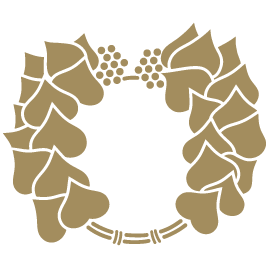Jovialis
Advisor
- Messages
- 9,313
- Reaction score
- 5,878
- Points
- 113
- Ethnic group
- Italian
- Y-DNA haplogroup
- R-PF7566 (R-Y227216)
- mtDNA haplogroup
- H6a1b7
That's too bad.
I found this though:

 www.amth.gr
www.amth.gr
looks like last year one could have seen it in an exhibition.
I found this though:

BioMuse | From bone fragments to human stories
The temporary exhibition is organized subsequent to the research program BioΜuse, which is the outcome of the synergy between Greek and German institutions aiming at digitizing, documenting and preserving valuable biological and cultural heritage data.The project's core idea was to narrate the...
 www.amth.gr
www.amth.gr
looks like last year one could have seen it in an exhibition.




